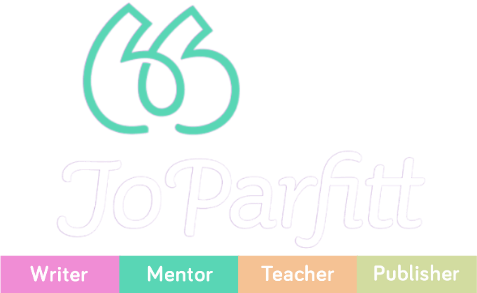This morning, I ran another session for one of my How to Write a How-to Book Writing Circles this morning. As usual, I had read and commented on their latest chapters and our meeting was to discuss my findings and get their feedback on the other writers’ work. One student, I’ll call her Lisa, had written a super case study about a chap called Steve. It was our 12th session together so she was familiar with my ‘rules’ and methods.
This is what she had got right:
- The case study had a title (tick)
- The case study and title were in italic so it was differentiated from the other text (tick)
- The case study was written with the SPICE (Specifics, Place, Incident, Character and Emotion) that I insist is included in any stories (tick)
- The case study was written in a voice that was appropriate for the reader (tick).
After I had praised Lisa for Steve’s Story I paused. A ‘but’ was on its way.
“You’re going to hate me, Lisa. Guess what I am going to complain about…” I said as I leant back in my chair and folded my arms. I should have been pretty predictable after 12 lessons.
“Ummm…” Lisa began.
“Is it formatting or layout?” Gill asked, rolling her eyes because she knew I was always reminding them that their content needed to match the style sheet they had created early on in the program.
“Nope,” I said, a smirk beginning to form on my lips. “Do you want a clue?”
Lisa nodded.
“What’s the recipe?” I asked. “Every chapter needs to follow the same recipe; include the same ingredients. And…”
“Of course, Jo,” Lisa began. “Of course I am going to go back and add case studies like Steve’s Story to all the other chapters too. I know it needs to match. I just haven’t done them all yet.”
In a how-to book, you will usually find that all the chapters ‘match’. They perhaps all begin with a quotation that is centred, maybe continue with a personal story and then go onto contain a mix of exercises and tips before ending with a summary. Until now Lisa’s chapters had all matched perfectly. They had all followed the same ‘recipe’. Steve’s Story, the case study, was a new ingredient that had not appeared in the earlier eight chapters.
Everything is written to a formula
I believe that everything is written to a formula. Here are a few examples:
- A features article will usually include three different ‘things’. Perhaps you will interview three different people about their experience with the same topic or you will interview one person about three elements of their experience with a single topic. Perhaps you will explore three different aspects of a tourist destination for a travel piece or look at a subject, such as dealing with trauma, from three different angles.
- A novel will follow a story arc, often with a turning point one third of the way through and a twist two thirds of the way through.
- A non-fiction book has its sections in a set order. It will start with a dedication page, be followed by a table of contents and then go onto a foreword and an introduction before going onto the first chapter.
- I mentioned the style sheet earlier in this blog. A style sheet will contain the rules of formatting you want to employ, so maybe you will always have a chapter title in 16 point bold, Times New Roman, it will be centred and have two line spaces below it. If you use bulleted lists, the bullet will be square and set at 1cm from the left margin. And so on. It’s boring. I even bore myself when I bang on about it during my classes and I’m not surprised Gill rolled her eyes at the thought of it. Nevertheless a style sheet is crucial and an intrinsic part of ‘authorship’. In other words, using a style sheet makes you act like a ‘real writer’.
- And, of course, a cookbook, like a recipe, is written to a formula. A cookbook often begins with starters, moves on to mains and ends with desserts. Each recipe begins with the ingredients and ends with the method.
From computers to cookery – it all boils down to a recipe
My first published book was a cookbook called French Tarts. This was maybe an easy genre to begin with because the formula was so familiar to me. Then my next commission was for a word processing handbook. Cooking may seem miles away from computers and it was hard to believe that the author of a cookbook could be perfect for such a scientific subject, but it didn’t take long for me to see the connection.
Just as you can’t write about puddings until you write about main courses, I learned that you can’t write about creating a document until you have written about turning on the computer. You can’t write about saving a document until you have created one and so on. The recipe and ingredients for both genres of books were vastly different but both had to follow a strict order and comprise a set of strict ingredients.
I find it fascinating to ‘unpick’ published books and articles and see how they have been put together. I urge you to do the same before you start writing yours. Find the recipes. Make a note of the ingredients and then you will be ready to create your own. Now all you have to do is stick to your recipe, ensure you remember all the ingredients and please use your style sheet.
Join a Book Writing Circle?
I run Book Writing Circles for both memoir and how-to books for groups of just four new authors. Classes run every two weeks via Zoom. Please email me if you would like details of the next one.



